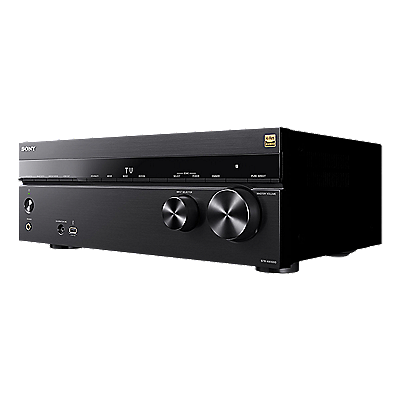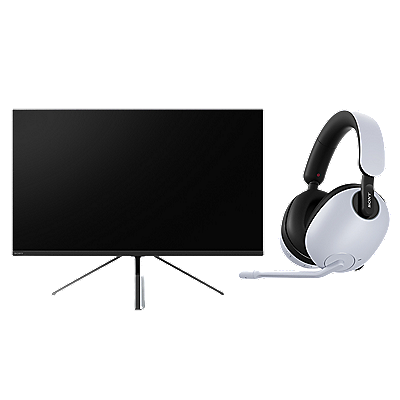How to use Windows Media Player as a DLNA server to connect your computer to the TV
NOTE: Not all TVs are supplied with DLNA® capability. To see if your TV supports the DLNA feature, check the TV specifications. Manuals are posted on your model support page.
This solution provides a step-by-step process to use Windows Media® Player as a DLNA server with the TV.
- Make sure that a Network Setup has been accurately performed.
- Make sure that Media Sharing has been enabled on the computer.
- If using a computer with Windows Vista® operating system and Windows Media Player 11.
- If using a computer with Windows® 7 or Windows® 8 or 8.1 operating system and Windows Media Player 12 visit.
-
NOTE: Windows 8 or 8.1 operating system also have Windows Media Player 12 application installed. Though both operating system might have the same version of Windows Media Player application, there is a different way to search for an application in Windows® 8 or 8.1 operating system.
- Turn on the TV.
- Press the HOME button.
- Use the left arrow or right arrow to select Settings.
- Use the up arrow or down arrow to select Network.
- Press the Select
button.
- Select Show/Hide Media Servers.
- Press the Select button.
- Select the server you wish to display.
- If the device that you are looking for does not appear, follow the additional steps:
- Press the Options button on the remote.
- Select Update List.
NOTE: If this does not work, select Media Server Troubleshooting.
- Once the desired DLNA device is select, use the up arrow or down arrow to select the DLNA Servers.
- Press the Select button.
- Press the HOME button.
- Use the left arrow or right arrow to select Photo, Video, Music.
- Use the up arrow or down arrow to select the Windows Media Player icon.
- Press the Select button.
- Use the up arrow or down arrow to select the desired media folder to view files.
- Press the Select button.
NOTE: Files from the network must be in the following formats:
- Still images: JPEG format
- Music: MP3 or Linear PCM format
- Video: AVCHD or MPEG 2 format























